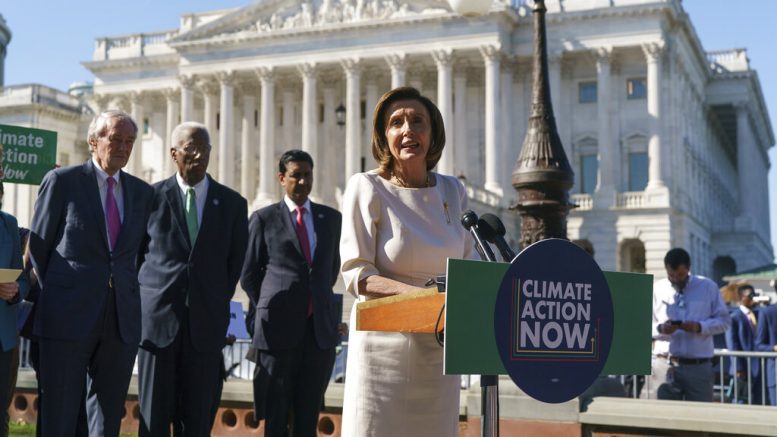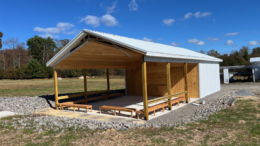WASHINGTON (AP) — After months of talks, Democrats are edging closer to an agreement on what programs and policies to include in President Joe Biden’s massive plan to expand health and safety net programs and combat global warming.
The plan seems likely to include universal preschool, paid family leave and the continuation of a child tax credit that was increased earlier this year and applied to more families. Democrats are scaling back some investments or shortening the timeframe for when those programs would be up and running to fit within an approximately $2 trillion budget over 10 years, rather than the $3.5 trillion budget plan originally envisioned.
Still, Democrats are hoping the programs will prove so popular that future Congresses will continue to fund them in the years ahead. It seems unlikely that any Republican will support the measure.
Negotiations are fluid and the package is very much in flux. It also won’t be possible to fully assess the details until legislative text is released. But here’s where the bill stands so far, according to lawmakers and aides:
— A child tax credit increase would continue for another year. As part of a COVID relief bill, Democrats increased the tax credit to $3,000 per child age 6-17 and $3,600 per child age 5 and under. Limiting the program to one year would disappoint many of its backers, but they are hoping the program’s popularity will move Congress to extend it in the years ahead. Budget hawks worry that a one-year extension is a budgetary tool that will lower the cost of the program on paper, but mask its true costs since lawmakers tend to continue programs rather than let them expire.
— Plans to expand Medicare to include dental, vision and hearing aids are being pared back. Biden said he likes the idea, but with Sens. Joe Manchin of West Virginia and Kyrsten Sinema of Arizona objecting, the proposal is “a reach.” Instead, Democrats, he said are looking at offering seniors an $800 voucher to access dental care as well as another program for hearing aids that Sinema may support. However, the vision care component, Biden said, has been harder to resolve and there is no consensus yet.
— Expanding Medicaid in about a dozen states and providing subsidies that reduce a participant’s cost of “Obamacare” plans are also still part of the mix. The Congressional Budget Office estimates the health insurance components in the bill would reduce the number of uninsured by about 3.9 million people over the next decade. Big boosts in Medicaid and Affordable Care Act plans would be partly offset by a 2.8 million decrease in employment-based coverage.
— The U.S. would join a long list of nations with a paid family leave program allowing workers to take time off for childbirth, to care for a new child or to deal with a serious health issue of a family member. But the 12 weeks of paid time off that Biden had proposed will likely be pared back four, he said.
— Universal prekindergarten for all 3- and 4-year-olds and child-care subsidies for poorer and middle-income Americans are still in. Biden’s plan calls for parents earning up to 150% of the state’s median income (about $115,000 nationally) to pay no more than 7% of their income on child care, with the poorest families getting free child care. He has proposed a tax credit for as much as half of a family’s spending on child care, up to $4,000 for one child or $8,000 for two or more children.
— Free community college is probably out, though Biden is looking to increase the size of Pell grants to help pay tuition costs.
— It’s also looking like a program considered a cornerstone of Biden’s plan to fight climate change is out, largely due to opposition from Manchin. That program would have offered grants to power companies that increase clean energy generation by 4% each year and fines for those that do not. Still, hundreds of billions of dollars are expected to be included for programs designed to help the U.S. meet Biden’s goal of a 50% reduction in greenhouse gas pollution in 2030 from 2005 levels.









































